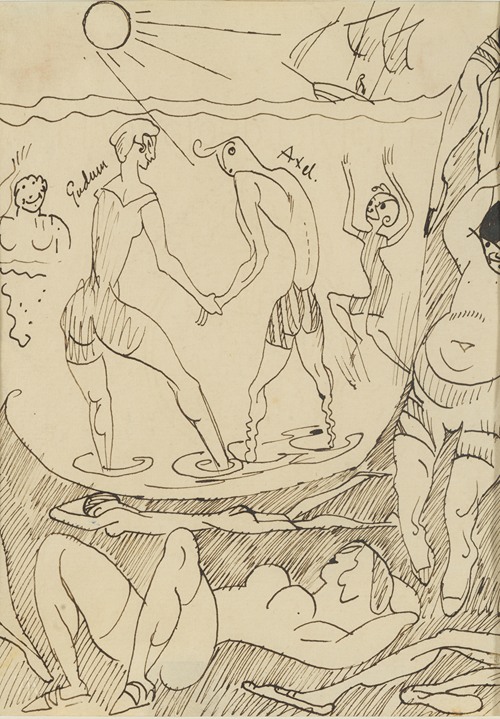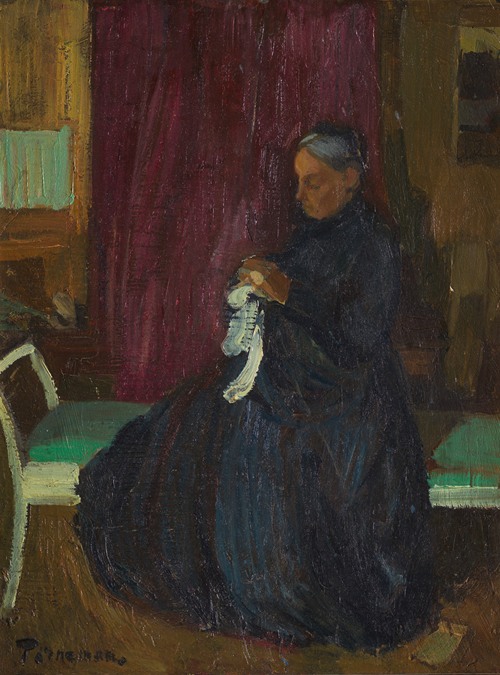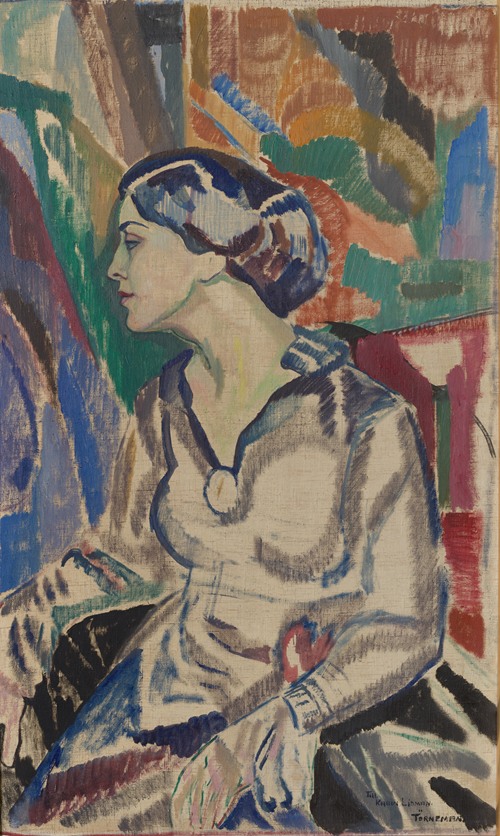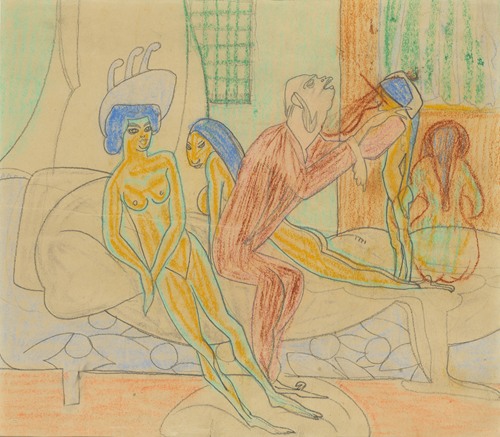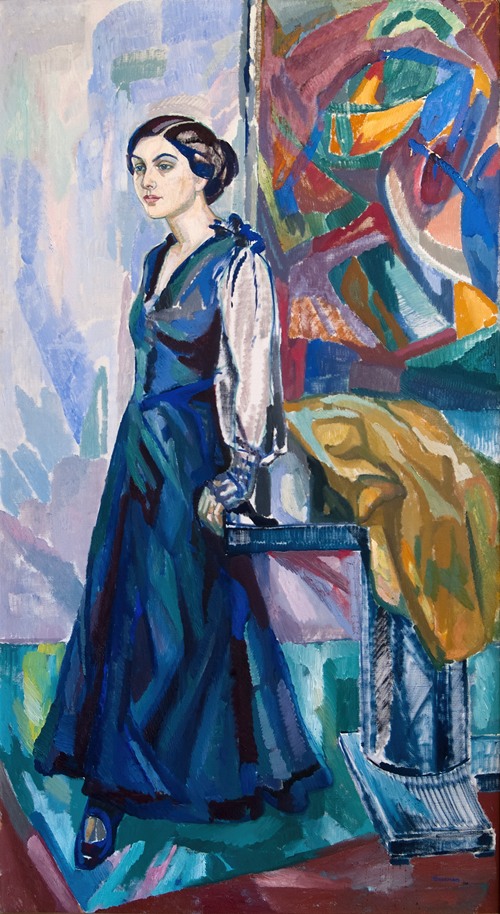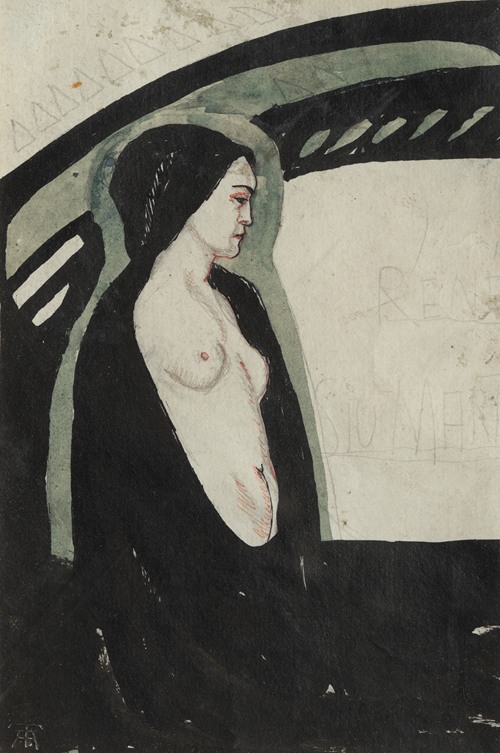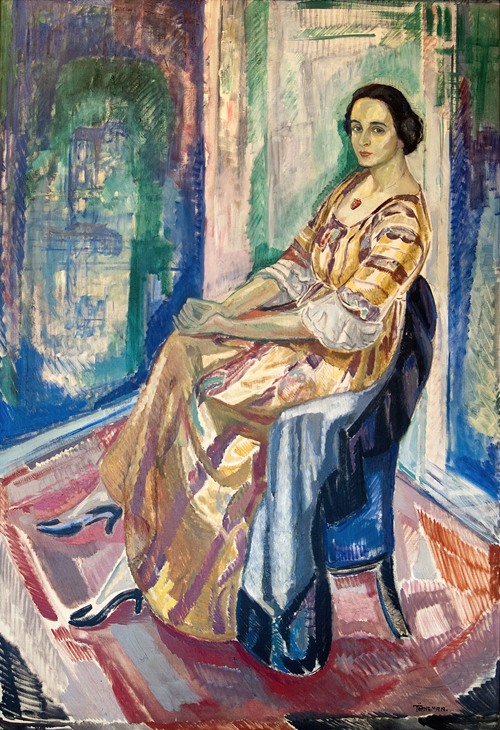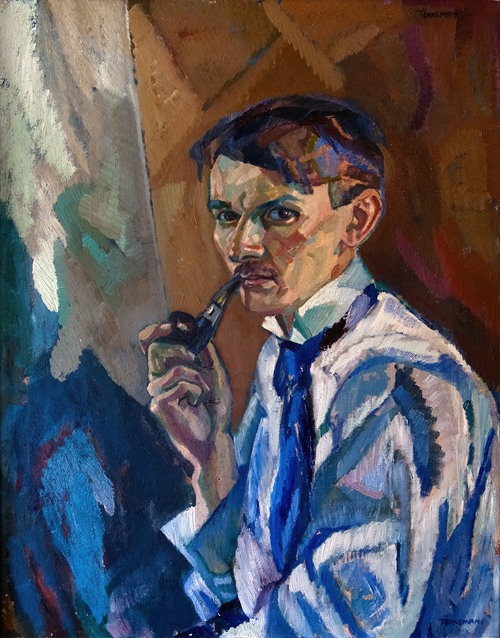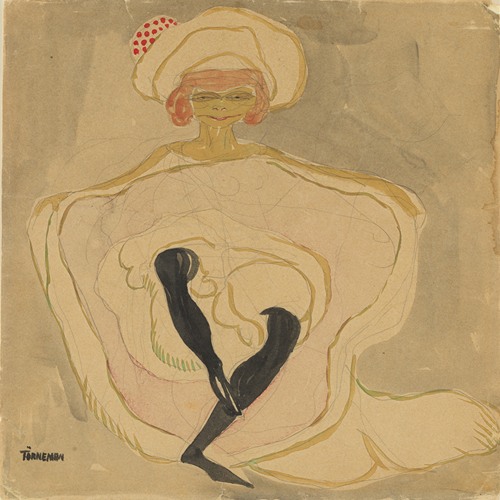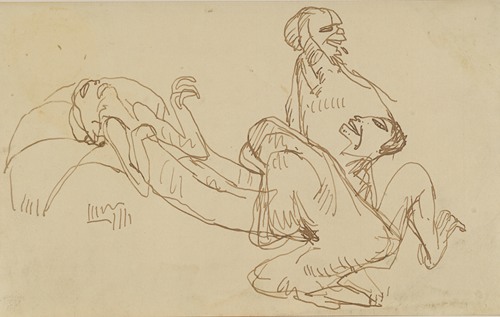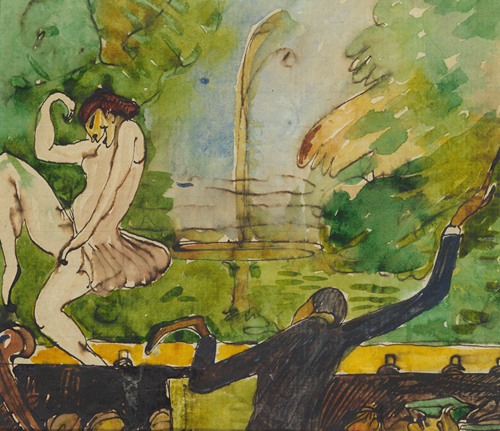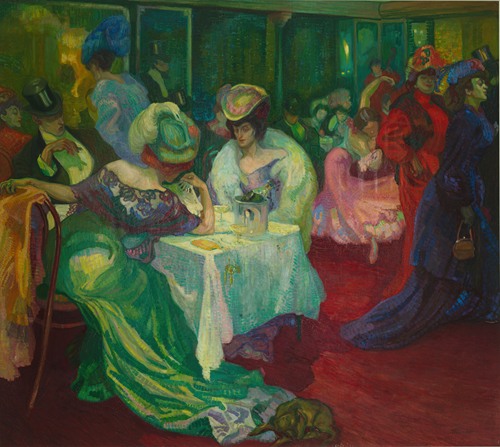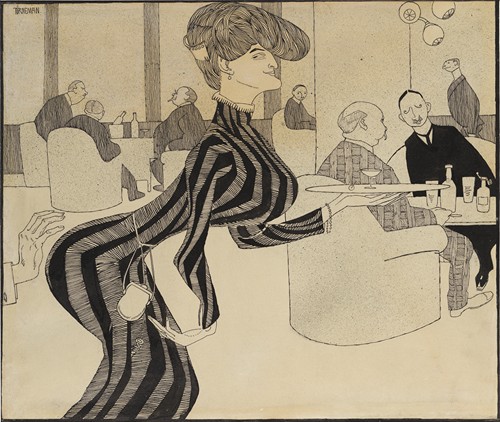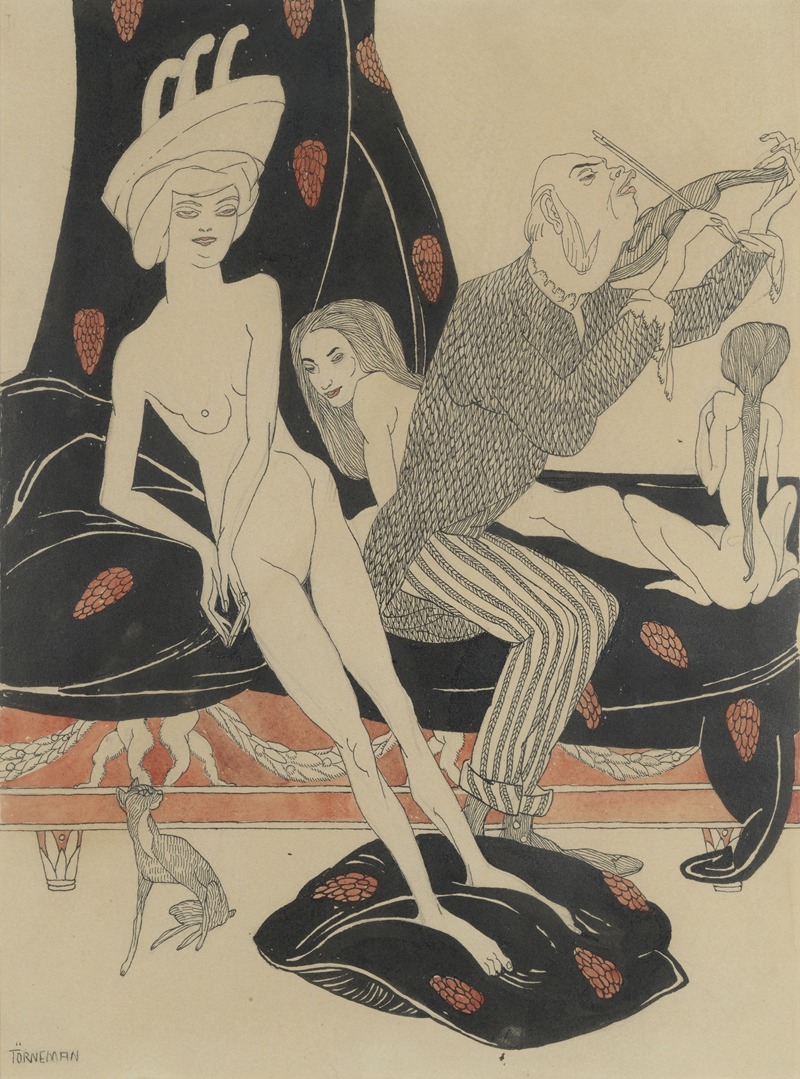
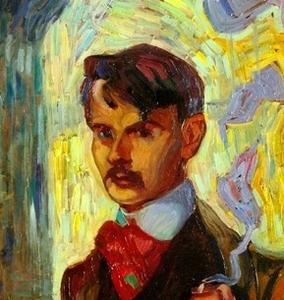
Johan Axel Gustaf Törneman was one of Sweden's earliest modernist painters. Born in Persberg, Värmland, in Sweden, he grew to work in several modernist styles, was one of the first Swedish expressionist artists, and became a part of the international avant-garde in art after embracing more abstract art styles in Germany and France that were evolving there during the early 1900s. He created his most famous paintings, Night Café I and II, and Trait, in France in 1905. These night café paintings, made from studies in the Place Pigalle, and in other nightclubs popular with artists such as Café du Rat Mort (Dead Rat Café), are seen as two of Swedish modernism's most important works, and are considered breakthrough work of Swedish modernism.
Törneman gained international stature in 1905 at the Salon d'Automne in Paris with Trait I, and with his Narragansett Café in 1906. He went on to paint murals and decorations in public buildings such as the Royal Institute of Technology (KTH) and Stockholm City Hall, and other Stockholm buildings such as Norra Latin, Ragnar Östberg's Östermalms läroverkl, and the second chamber in the Parliament House. Törneman's paintings were recognized with a gold medal at the U.S. Panama–Pacific International Exposition, in San Francisco in 1915. Törneman died in Stockholm at age 45 after only a further decade of creative work.
